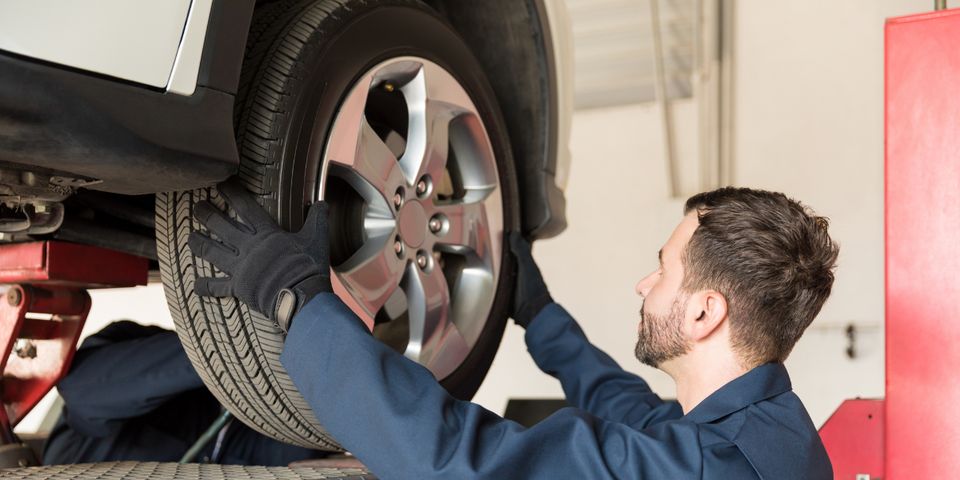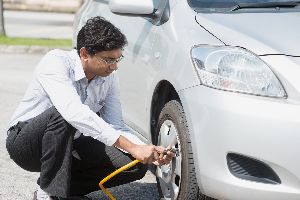
Tire tread is the part that makes contact with the road. It enhances traction and helps wheels securely grip the pavement, reducing the risk of sliding, skidding, and accidents. Below, you'll learn more about tread requirements and how to promote handling and safety.
What Are the Tread Requirements?
Bearing the weight of your vehicle and making repeated contact with the road causes tire rubber to wear down and grooves to become shallower, compromising the wheels' ability to grip the roads. Most states enforce a minimum tread depth of 2/32 of an inch.
You can measure tread depth every month or two by using the penny test. Place an upside-down penny into one of the grooves. If you can see most or all of Lincoln's head, the tread is shallow, and you likely need to replace the tire soon.
How Can You Identify Wear Patterns?

If the tread wears unevenly, tires are often more likely to become flat or blow out. If you notice deterioration primarily on the outer edges, this usually happens due to misalignment or improper balancing, causing wheels to lean too far to the outside. If this is the case, an auto mechanic can realign your suspension system and balance the wheels.
Wear along the center often occurs because of over-inflation, which puts more stress on the middle strip of rubber. On the other hand, deterioration on both the inner and outer edges is a sign of under-inflation, which causes these parts of the wheel to bear more weight and wear more rapidly.
What Are the Differences Between Summer, Winter, and All-Season Tires?
Summer tires are made from soft rubber and have larger tread blocks designed to grip hot pavement. They also perform well in dry and wet conditions, meaning they may promote safety while driving in summer storms.
Winter products have deeper tread. As they roll over the roads, snow and ice pack into the grooves, making it easier to drive in wintry conditions. They also feature siping, or very thin cuts in the rubber, that dispel moisture and lower the risk of hydroplaning and skidding.
All-season products strike a balance between the previous two. They perform adequately on warm and dry pavement, and they stand up to light snow and ice on roads. However, if you live in an area with extreme weather conditions, it's a good idea to use summer and winter wheels during these seasons.
If you ever need new tires, contact A-1 Auto Service. These auto mechanics provide car repairs and routine maintenance, including wheel alignments and balancing, to drivers throughout Lorain, OH. Call (440) 245-0076 to request an estimate on auto service and visit the website to learn more about how they can keep your vehicle in tip-top condition.
About the Business
Have a question? Ask the experts!
Send your question

